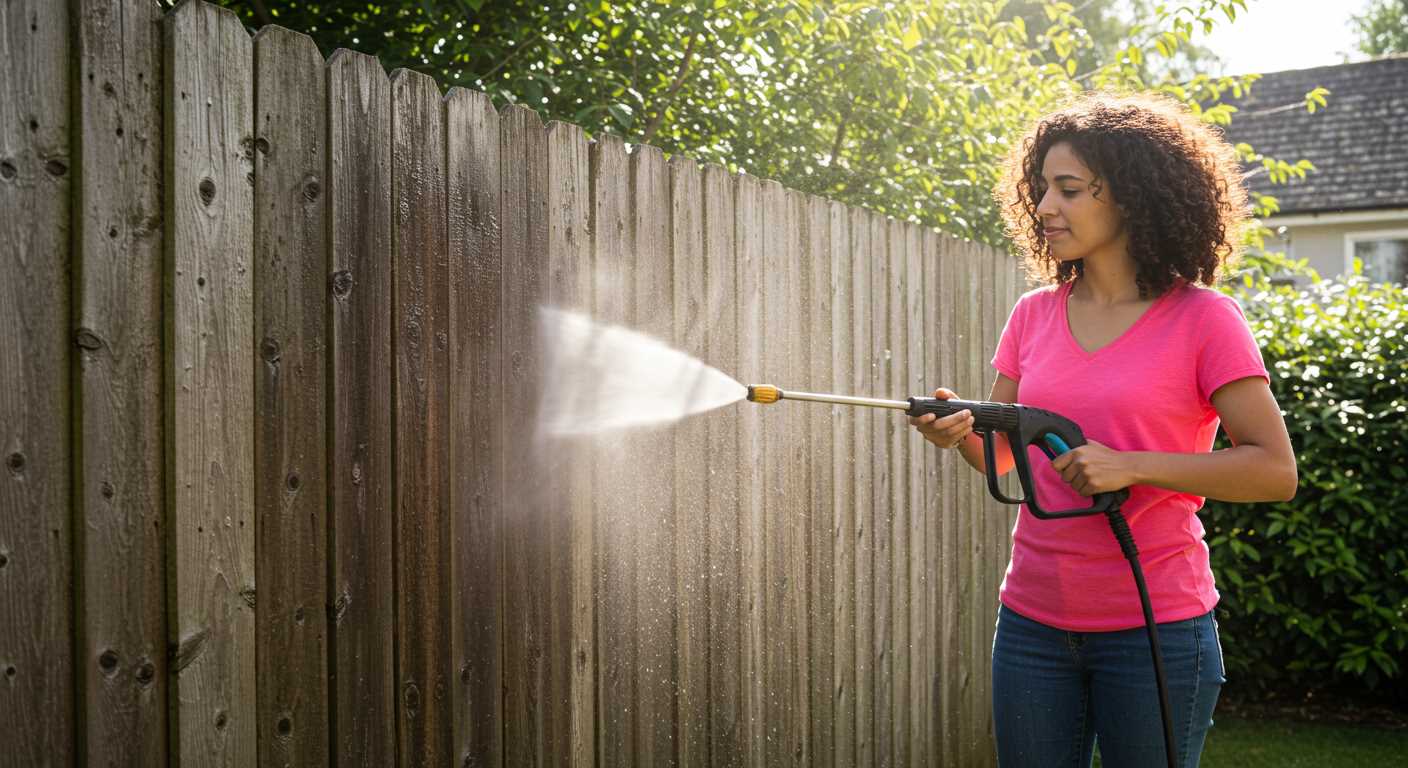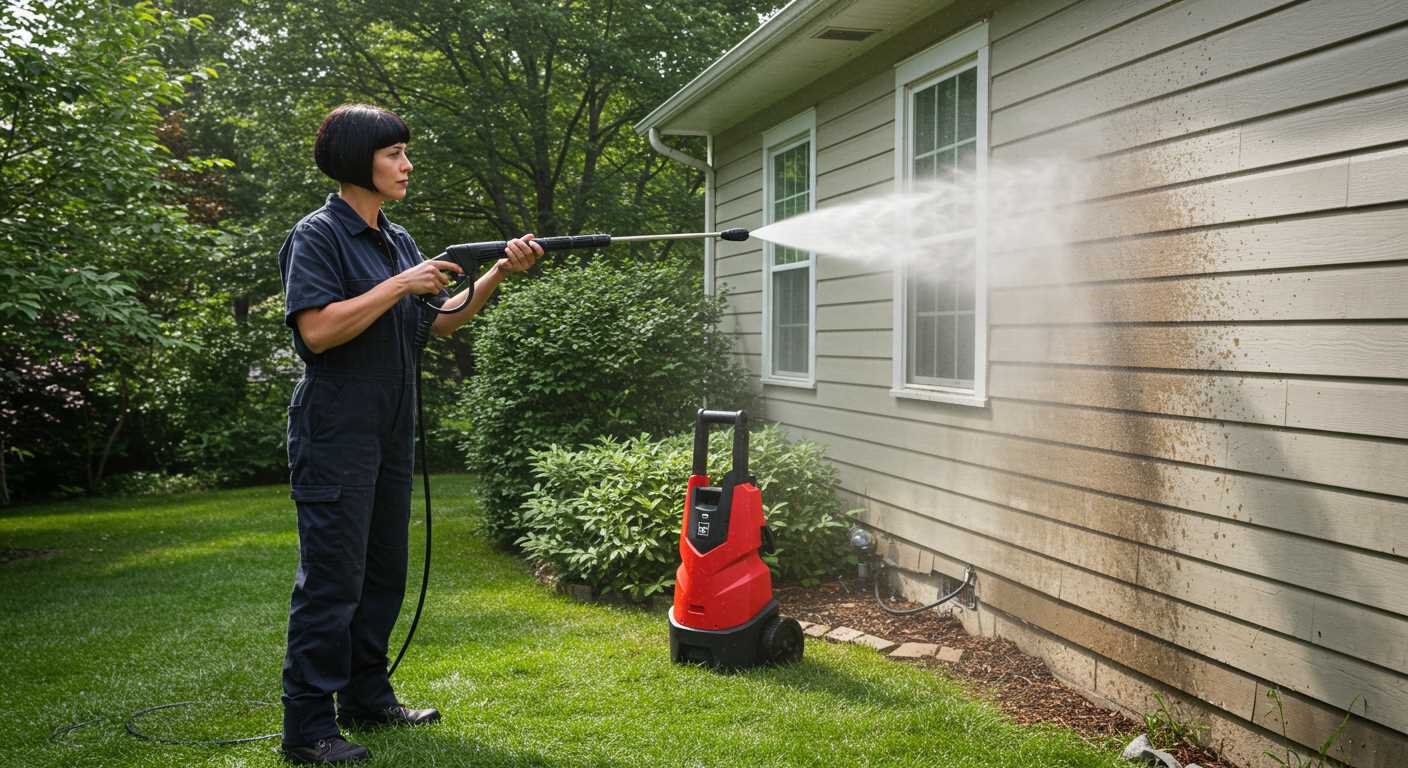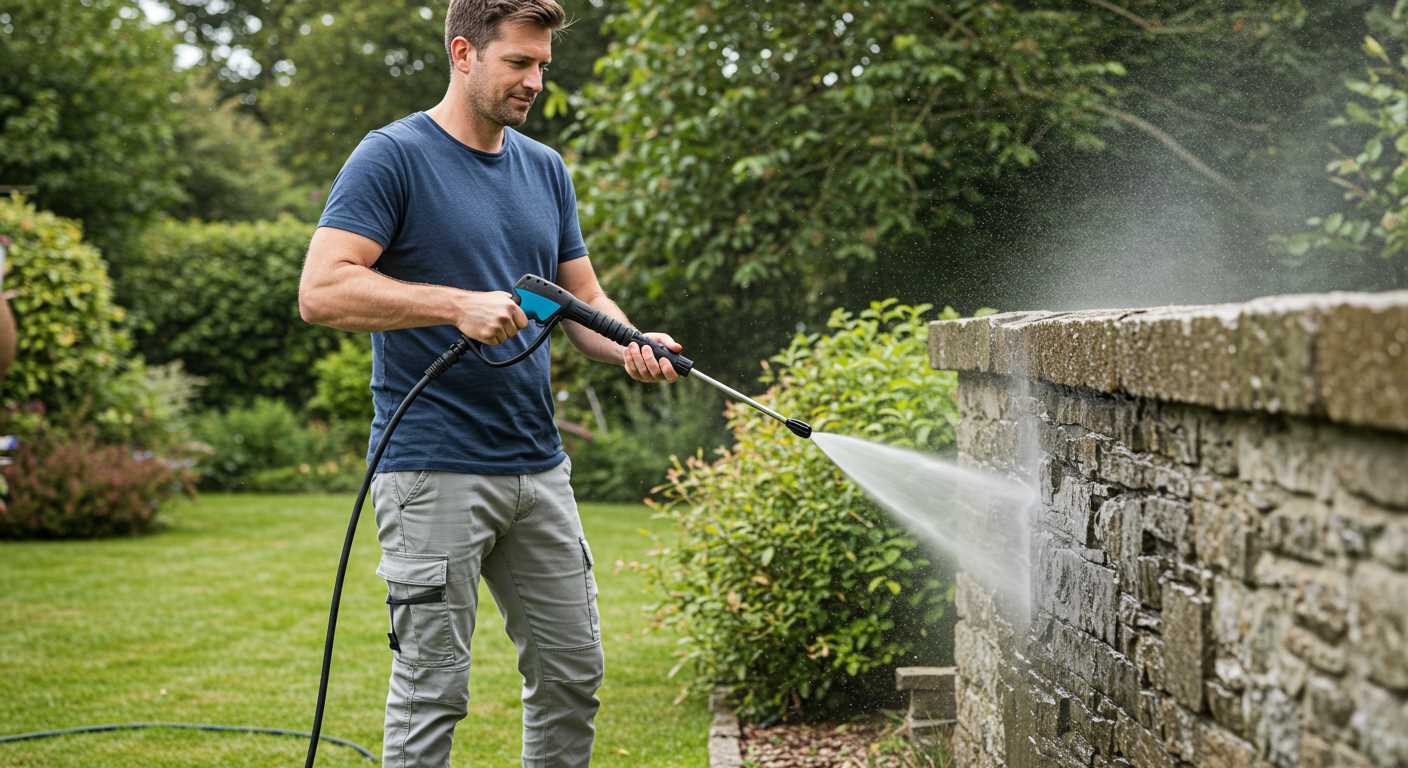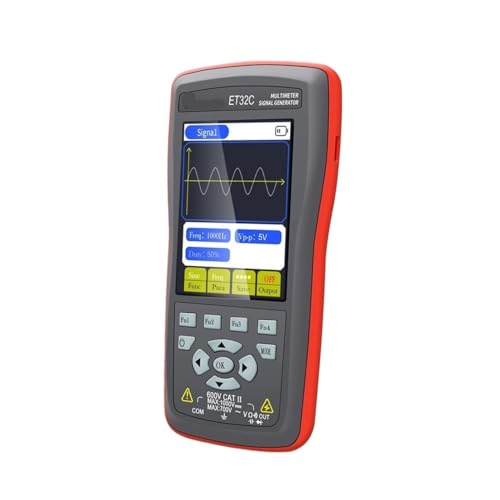



If you are seeking solutions for cleaning tasks without relying on a traditional water supply, innovative variations of cleaning devices equipped with integrated water tanks are worth considering. These models allow users to operate autonomously, filling their tanks with water from various sources, whether from a bucket, a storage tank, or even rainwater collection systems.
Models such as the Kärcher KHB 5 and the McCulloch MC2 exemplify this capability. Both come with built-in reservoirs, promoting ease of mobility without cumbersome hoses. They are ideal for light to medium cleaning duties around the home or garden. Take note of the water capacity and the battery life to ensure they meet your cleaning needs efficiently.
When selecting a unit, consider the pressure rating, measured in bar or psi, to gauge its cleaning efficiency for specific tasks. Some models may offer adjustable pressure settings, enhancing versatility for different surfaces, from delicate materials to tougher stains. Always review the manufacturer’s recommendations for optimal usage to achieve the best results with these self-sufficient cleaning devices.
Options for Cleaners Without Traditional Connections
There are models designed for self-sufficiency, providing a robust cleaning experience without the reliance on standard hose connections. These units use an integrated water tank or can draw water from external sources like buckets or barrels. Look for brands offering designs with tank capacities ranging from 15 to 25 litres, allowing for extended use without constant refilling.
Considerations for Use
When selecting a unit, prioritise portability and convenience. If a tank option is chosen, ensure the model maintains high pressure and flow rates even while operating with internal water supplies. Additionally, electric variants come with rechargeable batteries or solar capabilities, enhancing versatility for outdoor tasks.
Recommended Models
Brands like Kärcher and Ryobi have developed popular configurations tailored for users looking for flexibility. The Kärcher KHB 5, for example, is capable of pulling water from any nearby source while maintaining pressure levels suitable for tough grime. Ryobi’s RY142300 offers similar functionality, coupled with an efficient eco-friendly design. Reading customer reviews specifically about usability in varied conditions can further guide your decision.
Understanding Pressure Washers Without Hoses
.jpg)
For those seeking alternatives to traditional units reliant on a garden supply line, there are standalone models equipped with built-in tanks. These units draw water directly from their reservoirs, making them highly portable and suitable for various outdoor tasks. It’s worth considering a few characteristics and features of these systems.
Types of Self-Contained Cleaning Devices
- Battery-Powered Units: Equipped with rechargeable batteries, these designs offer great flexibility and mobility. They are ideal for small to medium tasks, but ensure the water tank has adequate capacity to avoid frequent refills.
- Gas-Powered Models: These machines provide the highest performance and pressure output. They operate independently from a waterline, drawing directly from a tank. However, they require more maintenance and are less eco-friendly.
- Electric Models: Some electric versions feature integrated water sources. They are quieter and more lightweight, perfect for residential cleaning without the need for constant hose connections.
Key Factors to Keep in Mind
- Water Capacity: Assess the tank size; ensure it aligns with the cleaning tasks you intend to perform.
- Mobility: Weight and design play a role in ease of transport. Opt for units with wheels or handles.
- Pressure Ratings: Investigate specifications; some jobs may require higher force while others may not.
Each type has unique attributes and potential challenges. Evaluating your specific requirements will guide you to the most fitting apparatus for your ventures outside.
Types of Hose-Free Pressure Washers
Battery-operated models provide outstanding convenience for outdoor tasks. With a rechargeable power source, these units allow freedom of movement across large areas without needing to be tethered to a water supply. Look for options with a quick refill mechanism for seamless operation.
Self-Contained Units

These systems incorporate built-in water tanks, enabling them to function independently of an external water line. Ideal for smaller cleaning jobs like vehicle maintenance and patio furniture, they often feature lightweight designs for portability. Ensure the tank capacity suits your cleaning needs to avoid frequent refills.
Water Source Adaptation
Some innovations connect to alternative water sources such as rain barrels or bucket systems. These versatile machines offer flexibility for users in areas lacking a conventional water supply. It’s vital to verify compatibility to ensure efficient operation while maximising available resources.
How Do Hose-Free Pressure Washers Work?

Hose-free cleaning units operate using onboard water tanks, enabling the convenience of mobility without a direct water supply. These systems often incorporate self-priming pumps, drawing from the reservoir to create a high-pressure stream.
When the device is activated, the motor propels water from the integrated tank through a pump, building up pressure within the system. The nozzle then transforms the flow, allowing it to exit at varying pressures based on user settings. The combination of water and air generates a powerful jet to remove dirt and grime efficiently.
Advanced models feature rechargeable batteries that provide power to the motor, making them suitable for remote locations where access to a power source may be limited. Some units even allow for the attachment of various detergent types, enhancing cleaning capabilities by infusing soaps into the water stream.
| Component | Function |
|---|---|
| Water Tank | Holds water for cleaning tasks |
| Pump | Pressurises water for high-impact cleaning |
| Nozzle | Adjusts the spray pattern and pressure |
| Power Source | Provides energy for the motor, can be electric or battery-operated |
| Detergent System | Allows for mixing cleaning solutions with water |
These features make hose-free units practical for numerous applications, from household chores to outdoor cleaning tasks. The easy portability ensures they can address various cleaning challenges effectively, even in hard-to-reach areas.
Advantages of Using a Hose-Free Pressure Washer
One of the key benefits of utilising a model without a connecting pipe is portability. These units allow for easy movement around various locations, whether you’re in a garden or tackling outdoor surfaces.
Convenience stands out as another significant aspect. Without the need for a water supply, the hassle of finding suitable connections is eliminated. I can operate anywhere, from remote areas to locations lacking convenient access to water sources.
Water conservation is a major advantage as well. Many of these devices utilise built-in tanks that allow for efficient water use, reducing overall consumption compared to traditional models relying on continuous flow from a hose.
Flexibility in cleaning tasks is notable. With the ability to draw from reservoirs or buckets, I can clean vehicles, patio furniture, and other outdoor surfaces without worrying about hose length or pressure variations.
Lastly, reduced setup time contributes to overall efficiency. I can get to work quickly without fussing over unrolling hoses or connecting fittings. This streamlined approach allows for an immediate start to tasks, maintaining momentum while cleaning.
Common Brands and Models of Hose-Free Pressure Washers
Two standout names in the realm of hose-free cleaning equipment are Sun Joe and AR Blue Clean. The Sun Joe SPX3000 is a notable model, featuring a built-in water tank, allowing for easy portability and convenience without needing direct plumbing access. Its 14.5-amp motor delivers a formidable 2030 PSI, ideal for various outdoor tasks.
AR Blue Clean‘s AR383 also deserves attention. This unit incorporates a 1.5-gallon onboard water tank and is well-suited for residential use, providing a maximum pressure of 1900 PSI. The compact design makes it ideal for tackling smaller jobs where mobility is essential.
Another impressive option is the Greenworks GPW1501, which combines portability with performance. It features a 1500 PSI output and a 1-gallon tank, perfect for light-duty tasks. Its lightweight build and ergonomic handle allow for easy manoeuvring.
For those seeking a more advanced choice, the Karcher K2 series offers a range of models with integrated water tanks. The K2 is designed for efficiency and ease, featuring a 1600 PSI working pressure and an innovative compact design, suitable for tight spaces.
Lastly, Ryobi provides mobility and performance with the RY142300. This unit includes a detachable tank and boasts an output of 2300 PSI, making it versatile for both light and medium tasks, while the robust wheels enhance manoeuvrability around the property.
Selecting any of these options will yield satisfactory results when tackling outdoor cleaning projects, highlighting the effectiveness and versatility of hose-less cleaning solutions.
Limitations and Considerations for Hose-Free Pressure Washers
While hose-free models offer convenience, they also come with specific drawbacks and factors to consider. Knowing these can help you make an informed decision.
- Water Supply Dependency: These machines rely on a built-in water tank or can draw from buckets. This limits operational time based on the water capacity, necessitating frequent refills for larger jobs.
- Pressure Output: Performance can vary significantly compared to traditional units connected to a continuous water source. Users may experience lower pressure and flow rates.
- Cleaning Efficiency: Stubborn stains and deeply embedded dirt might require more effort to clean effectively, as water flow is not as robust.
- Runtime Limitations: Battery-powered variants have limited run times, indicating periodic charging may disrupt workflow. Ensuring a fully charged battery before use is crucial.
- Weight and Portability: Some models may be bulkier and less convenient to transport, particularly those with larger water tanks or batteries.
- Cost Implications: Hose-free versions can be pricier than their traditional counterparts. Evaluating your budget is important before investing.
- Maintenance Requirements: Cleaning systems using tanks or batteries may require more upkeep to prevent clogs and ensure optimal performance.
A thorough assessment of these limitations will aid in determining the right choice for your specific cleaning needs. Understanding the trade-offs involved can lead to better satisfaction with your purchase.
Tips for Maintaining Hose-Free Pressure Washers

Regularly check the water tank for cleanliness to avoid contaminants affecting performance. Ensure that the inlet filter is not clogged to maintain optimal water flow.
After each use, empty the tank and rinse it out to prevent mineral buildup. This will enhance longevity and ensure effective operation during subsequent cleanings.
Inspect hoses and connections often for wear. Replace any damaged parts immediately to avoid leaks and inefficiencies. Pay attention to the nozzle as well; a dirty or worn tip can reduce pressure and cleaning effectiveness.
Utilising the right cleaning solution is critical. Use only biodegradable and compatible detergents to prevent damage to inner components. Always follow the manufacturer’s guidelines for specific product recommendations.
Scheduled maintenance is vital. Create a routine to check all mechanical parts, ensuring lubricants are fresh and components are functioning as they should. Keeping everything in proper condition enhances performance and durability.
If operating a battery-powered model, regularly check the charge and clean the terminals. Batteries should be stored in a cool, dry place to extend their lifespan.
Lastly, consider environmental factors. Protect your equipment from extreme temperatures and moisture when not in use to preserve its function and prevent corrosion.
FAQ:
Are there pressure washers that can operate without being connected to a hose?
Yes, there are pressure washers designed to function without a traditional hose connection. These models typically use an internal water reservoir or can draw water from other sources such as buckets or tanks. This feature is especially useful for outdoor cleaning tasks where a fixed water supply may not be available. Users should ensure the water source can provide sufficient flow and pressure for optimal operation.
What are the advantages of using a pressure washer that doesn’t require a hose?
Using a pressure washer without the need for a hose offers several benefits. Firstly, it enhances portability, allowing for easy transport to various locations, especially in areas where a water tap is not nearby. Secondly, it can save time, as there is no need to set up a hose connection; you can start cleaning immediately. Additionally, these models can prevent tangling or kinks associated with hoses, making the cleaning process smoother. Lastly, drawing water from a bucket or tank can also help conserve water usage when compared to continuous hose supply. However, it is important to consider the tank’s capacity as this may limit how long you can use the device before needing to refill.







